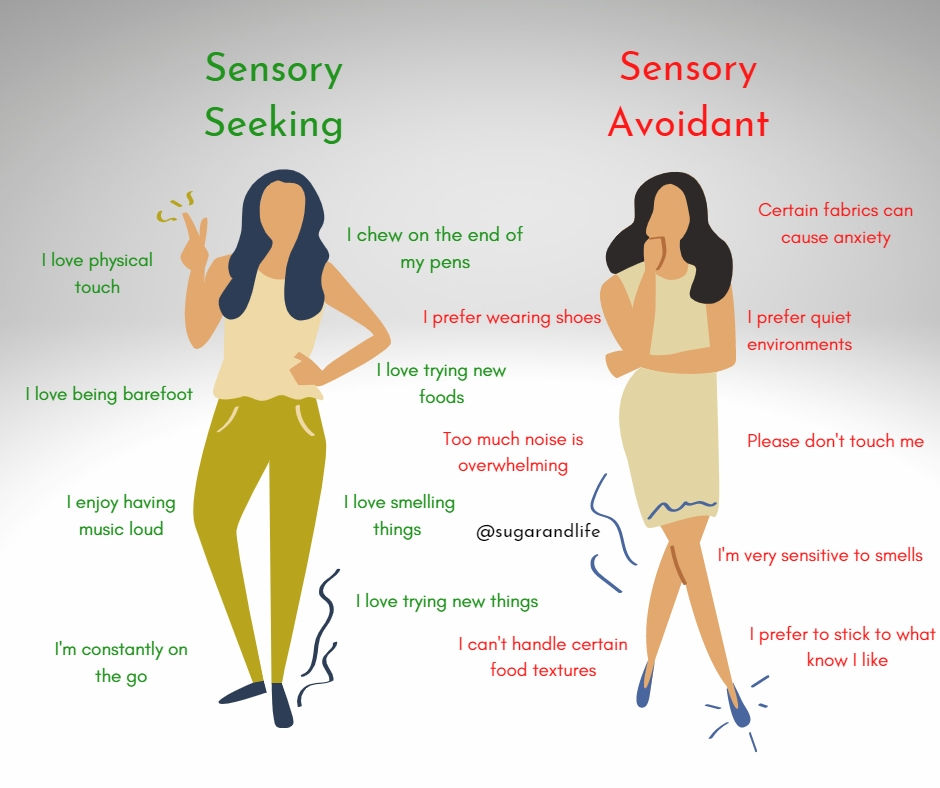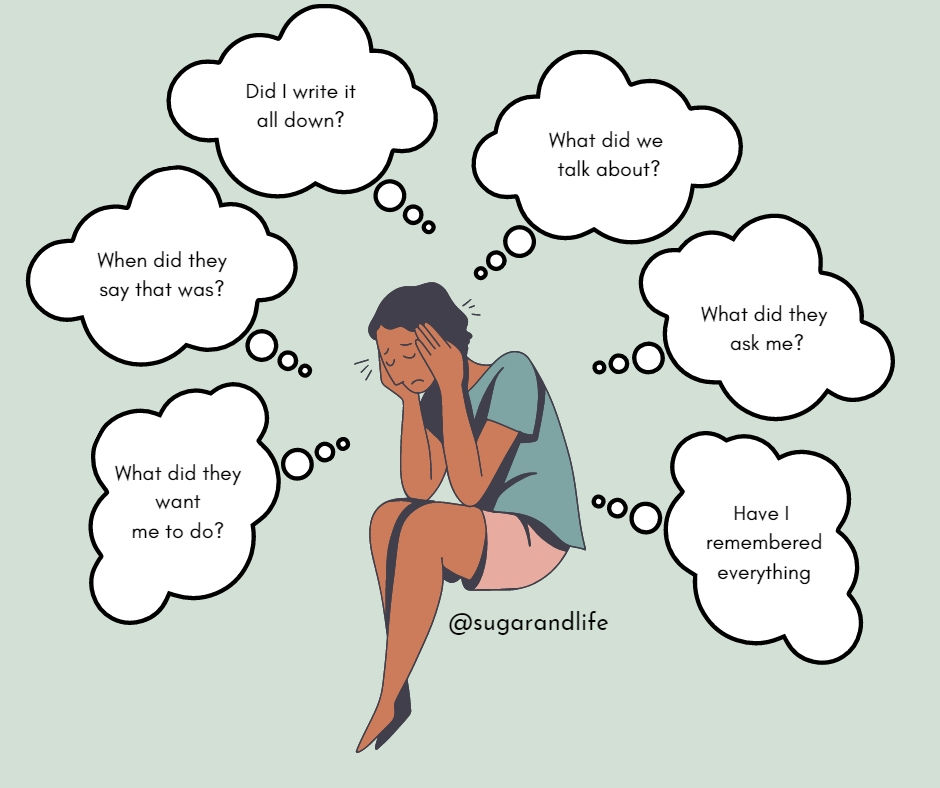What is sensory processing disorder?
Sensory processing disorder (SPD) is a neurological condition that affects the way the brain process information from, as the name suggests, an individual's senses. This means a person can be either over-reactive or under-reactive to the sensory input of their environment, which is often observed as unusual behaviours and reactions to others.
Currently it's still unclear whether SPD can exist in a person on its own, but currently SPD is commonly found to co-exist with a range of other neurological conditions including ASD, ADHD and schizophrenia. Like many things in the neurodivergent world, there's still a lot of research that needs to be done to gain a better understanding of SPD and ways in which we can better support those of us living with these conditions. But here's some of what we know so far….

There are 8 types
Although in school we are taught that we have 5 senses, there are in fact another 3 that our body uses daily. The reason these other types aren't taught is because they are more automated senses that help our body to function autonomously. The 5 senses we all learn about in school are all external, they are all able to be monitored easily and resources to help it function more effectively if needed e.g. glasses. The other 3 types of senses are internal, they are skills our body naturally develops as we get older and are areas a lot of people take for granted. Although there can be evidence of these more internal senses not developing correctly, they are areas in which it can be harder to strengthen and develop with external resources.
So let's breakdown these 8 types further:
The Five Senses - Sight, Touch, Taste, Smell and Sound
Vestibular - It's the link between your ear and brain known as your inner ear spatial recognition. It's the system that controls your balance and coordination.
Proprioception - Is the brain's ability to recognise and understand the location, movement and action of the different parts of the body. For example it helps you maintain your posture, let's you understand how your moving or taking up space.
Interoceptive - Is your body's ability to understand it's internal signals and responses, to put it more simply, it’s your body's ability to know how you are feeling. It includes areas such as understanding how you are feeling emotionally, if you're hungry or thirsty and when you are needing to use the bathroom.

How does SPD effect a person?
The effects SPD has on a person varies depending on the way in which their brain process the different sensory inputs. It's common for senses to become confused and cross, often resulting in indescribable and overwhelming experiences for the individual. There are many different forms of sensory cross over some of which include, sounds can cause physical sensations like pain, textures can cause strong emotional responses or a sense of nausea.
SPD can commonly effect a person's auditory processing ability, which means they might need a question repeated several times to be able to register what is being asked or can mean a person can forget parts or all of verbal interactions almost immediately. This can result in being misunderstood as someone who doesn't listen or pay attention during conversations which is absolutely not the case.
When in busy environments such as busy shopping centres, parks, restaurants etc a person can easily become overwhelmed from all the different sensory inputs which can often result in feelings of nausea, dizziness, incoordination, agitation, anxiety and an overall lack of control. Experiencing overwhelming environments can often trigger a meltdown and leave the person feeling exhausted and burnt out for various lengths of time afterwards.

Managing Sensory Processing Disorder In my opinion the most helpful thing you can do to help manage life with SPD is discovering what your sensory profile is. This profile gives you key insight as to whether you are sensory seeking or sensory avoidant, it's important to note that an individual's sensory profile can change over time so it's something that is worth revisiting at various stages so you can ensure your sensory needs are being met.
Once you know your sensory profile you are able to establish a personalised sensory diet to follow to ensure you're receiving adequate levels of both sensory input and output depending on your needs. A sensory diet should include sensory break times, where one is able to remove themselves from everything else and have time to unwind and calm down.
Stimming is another way a person with SPD can self-regulate to either increase or decrease the level of sensory input they are receiving. Stimming is defined as a repetitive or unusual body movements or noises. They can range in severity with some stims being incredible subtle that most people don't take any notice of them, to the untrained eye a stim might come across as just a personality trait or mannerism. It can be something as simple as moving their hands or fingers in a certain way or rocking back and forth when needing to stand still, to more obvious stims like making loud noises, spinning or arm flapping.
When a person stims it can be a way of them ensuring they are meeting their sensory output needs especially if they have more of a sensory seeking profile, or alternatively it can be a way of self-regulating and creating a sense of control in overwhelming sensory environments and situations.
Resources such as noise cancelling headphones, fidgets and weighted blankets can be a great way to someone with SPD to self-regulate both during and after an overwhelming sensory experience.
Supporting someone with SPD
Knowing how to support someone with conditions like SPD can often be confusing and hard, it's easy to feel helpless and overwhelmed yourself by not knowing how best to support someone in a time of need. Coming from someone who lives with SPD themselves, the best thing someone can do is show us patience and understanding. Keeping an eye out for cues and signals that we are becoming overwhelmed can be a valuable tool as often we are too disorientated to be able to make effective decisions or be able to see a way to reduce the sensory load.
Understanding a person's sensory profile and stims can be a priceless tool, as noticing stims and understanding what they might be indicating can help control situations and avoid meltdowns. SPD varies greatly from person to person, so it's often a matter of trial and error when trying to work out the best strategies and tools to use to help someone manage their SPD, but being consistency, patience and compassion is key to continuing on the journey.

Comments